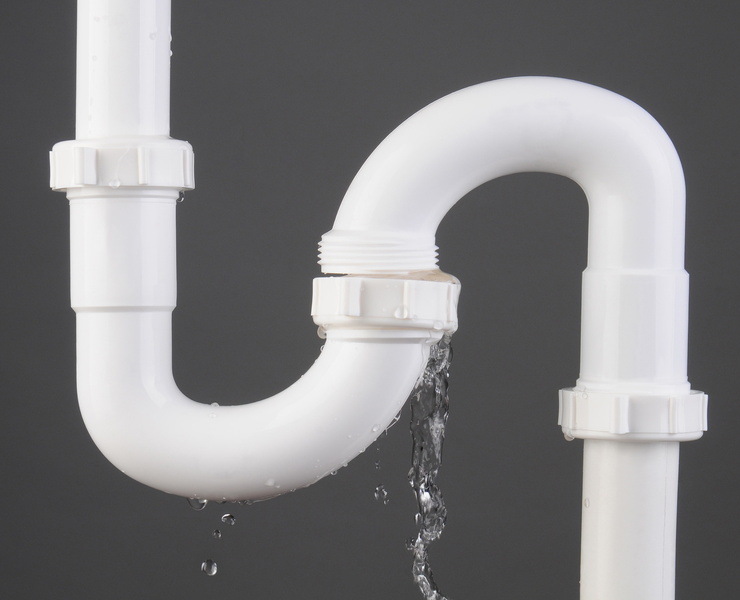How to Inspect If Your House Has a Surprise Leakage
How to Inspect If Your House Has a Surprise Leakage
Blog Article
The content following next about Leaking water lines is quite interesting. You should keep reading.

Early discovery of dripping water lines can reduce a possible catastrophe. Some little water leaks may not be noticeable.
1. Take A Look At the Water Meter
Every house has a water meter. Inspecting it is a guaranteed way that assists you uncover leaks. For beginners, switch off all the water sources. Make certain nobody will certainly purge, use the faucet, shower, run the cleaning equipment or dishwashing machine. From there, most likely to the meter and also watch if it will alter. Since no one is utilizing it, there should be no motions. If it relocates, that suggests a fast-moving leakage. Furthermore, if you discover no changes, wait a hr or 2 and check back once again. This means you might have a slow-moving leakage that might also be underground.
2. Check Water Consumption
If you detect sudden changes, in spite of your intake being the very same, it indicates that you have leakages in your plumbing system. A sudden spike in your bill indicates a fast-moving leakage.
A constant boost every month, even with the very same routines, shows you have a slow-moving leak that's also gradually intensifying. Call a plumber to thoroughly examine your building, particularly if you really feel a warm area on your flooring with piping beneath.
3. Do a Food Coloring Examination
When it comes to water intake, 30% comes from bathrooms. If the shade somehow infiltrates your dish throughout that time without flushing, there's a leak in between the storage tank and bowl.
4. Asses Outside Lines
Don't fail to remember to examine your exterior water lines also. Should water seep out of the connection, you have a loose rubber gasket. One small leakage can squander lots of water as well as surge your water costs.
5. Inspect as well as Examine the Circumstance
Property owners should make it a routine to examine under the sink counters and even inside closets for any bad odor or mold development. These 2 warnings indicate a leak so timely interest is needed. Doing routine assessments, also bi-annually, can save you from a major problem.
Check for stainings as well as weakening as the majority of pipelines as well as home appliances have a life expectations. If you suspect dripping water lines in your plumbing system, don't wait for it to intensify.
Early discovery of leaking water lines can minimize a prospective calamity. Some tiny water leakages might not be visible. Examining it is a surefire method that aids you discover leakages. One tiny leak can throw away loads of water and also spike your water costs.
If you presume dripping water lines in your plumbing system, don't wait for it to intensify.
How to Know If Your Home Has a Hidden Leak
Water Meter Reveals Inexplicable Water Usage
If you’d like to test whether or not there’s a leak somewhere in your home, you can do this using your water meter. Here is how to conduct the test:
Don’t use any water in your home for at least 30 minutes; this also means not turning on faucets or water-using appliances.
Go outside, and check your water meter for activity.
If your water meter shows that there was activity, even though no one was using any water, this proves that there is a leak in your home.Visible Mold or Mildew Growth
Leaks behind walls create moist, dark environments that allow mold and mildew to grow and thrive. Eventually, you might see mold growth forming on the wall closest to a hidden leak.
If mold is growing in an area that receives a high amount of moisture, such as a bathroom, it may simply be an indication that better ventilation is needed. However, if you see mold growth on a wall or the ceiling in an area where you would not expect, you probably have a hidden leak.
Musty, Mildew Odor
Sometimes you might not be able to see the mold or mildew that is growing as a result of a leak. However, the smell can give the problem away just as easily. If you catch a whiff of something musty, there’s a good chance that old water is collecting somewhere in your home that you can’t see.
Stained/Warped Walls, Ceilings, or Floors
When your home soaks up water, a variety of red flags can become visible, including ceiling stains, bubbling drywall, warped walls, and sagging floors. While these issues can be caused by excess humidity, they can also be signs that a pipe or plumbing connection has started leaking behind your walls.
Inexplicably High Water Bill
After a while, you get a general sense for what your water bill should be. If you own a pool or sprinkler system, your bill will tend to be higher during summer. However, if you receive a water bill that seems especially high, and you can’t figure out what caused it, then you may have a hidden leak somewhere that’s increasing your bill.
https://www.plumbingjoint.com/blog/2019/july/how-to-know-if-your-home-has-a-hidden-leak/

Do you enjoy reading about Top leak detection hacks? Create a remark down below. We'd be interested to know your insights about this post. In hopes that you come back again soon. Don't hesitate to take the opportunity to share this page if you appreciated it. We love reading our article about Leaking water lines.
Report this page